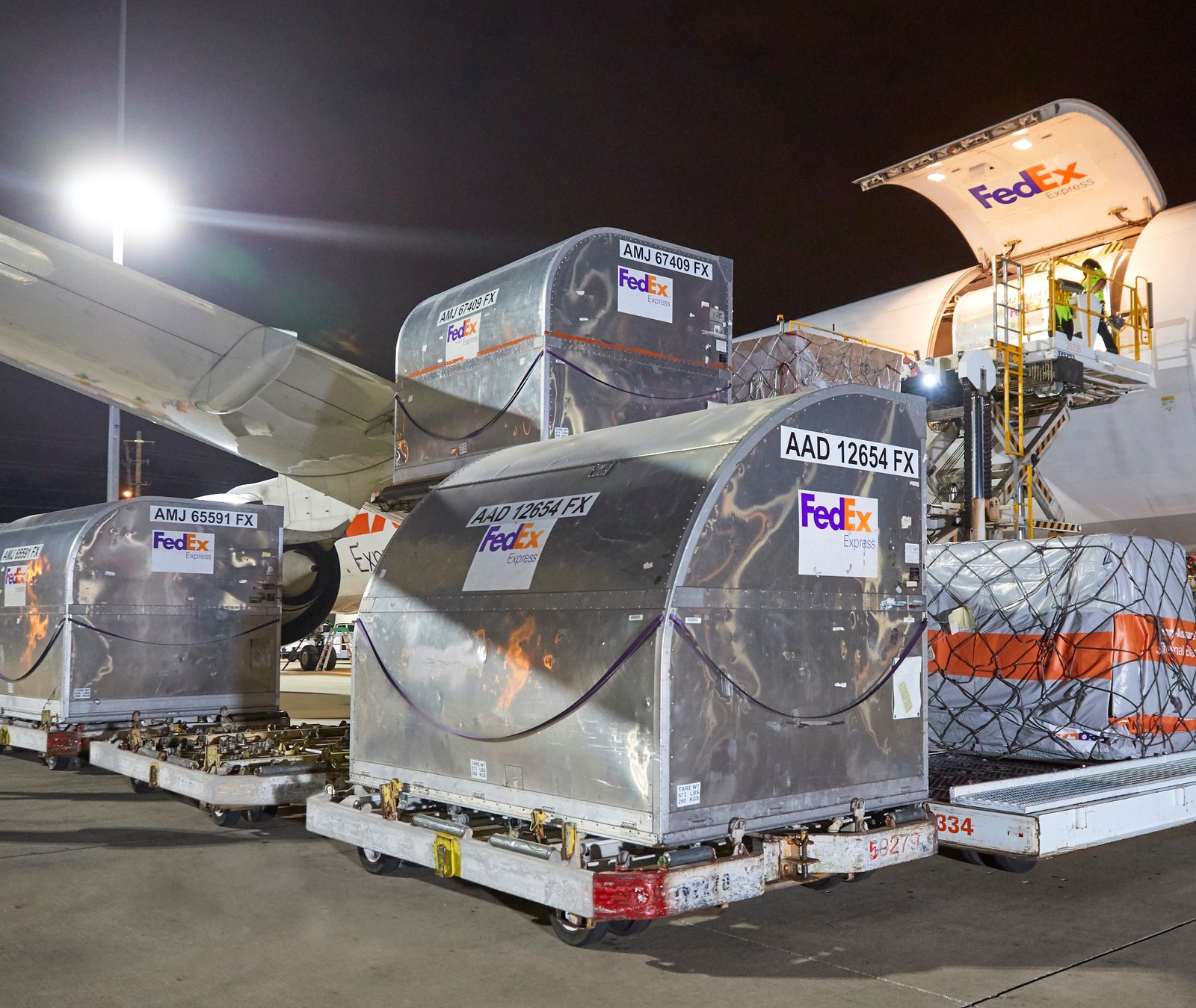
As biopharmaceutical production accelerates in Asia, global manufacturers are becoming increasingly exposed to supply chain risks on Asian trade lanes. For those dealing with high-volume products, smart management of freight shipments will be crucial for commercial success.
Successful strategies will require biopharma executives to maintain a delicate balance. They face constant pressure to contain costs but have minimal tolerance for supply chain disruptions and quality breaches. And with biopharma supply chains getting increasingly complex and globalized, their job is becoming more challenging every year.
Mounting Cost Concerns
While many biopharma multinationals posted strong financial market performance in 2019, most also face growing cost pressures. Nearly $200 billion in pharmaceutical sales is at risk due to patents expiring over the next 5 years, according to a recent report by EvaluatePharma, a market research firm.1 With patent cliffs looming for many of the industry’s biggest blockbusters, heightened competition from biosimilars is right around the corner.
For some biopharma companies, margin erosion for off-patent blockbusters will be offset by launches of new, innovative medicines. Many of these new launches will require strict temperature management, driving continued growth in cold chain transport expenses [Click here to know more]. Total revenues for biopharma cold chain logistics exceeded $15 billion in 2019, according to the 2019 Biopharma Cold Chain Sourcebook, and the figure grows every year.2
At the same time, government-led cost containment measures may compress biopharma margins even further. Many Asian countries—including major pharmaceutical markets like Japan and South Korea—are already implementing policies to accelerate the shift to biosimilars and limit reimbursement on novel medicines.
With so many cost pressures on the horizon, biopharma companies will increasingly seek greater efficiencies at all points on the biopharma cold chain [Click here to know more], from upstream processes involving movement of ingredients between factories to downstream delivery of finished products to end-user markets.
Balancing Costs and Risks
Most supply chain managers know that total costs are a function of more than just the sticker price of transport and logistics services. One service or approach may be less expensive, but it imposes risks that can generate even greater costs down the road, for example, from mishandled products or unanticipated delays. Such risks should be clearly assessed and accounted for during contract negotiations.
Some logistics providers, for example, achieve cost reductions by outsourcing services to various third parties. Yet every time a product changes hands, it raises risk that problems will happen during the handover or due to lack of coordination between different stakeholders. For this reason, biopharma companies should opt for closed-loop logistics services [More here on FedEx solutions for healthcare sector], with all operations and monitoring managed by in-house teams with a shared quality management system.
Other logistics providers are actively promoting ocean freight as a lower-cost alternative to air freight. This may make sense for manufacturers that can tolerate slower transport times, or those that are moving more time-sensitive ingredients or finished products between nearby countries, such as Japan and South Korea. Although FedEx primarily provides air freight services, multi-modal transport solutions are available in collaboration with FedEx Logistics, a sister company within the FedEx family.
For most manufacturers with high-value products, however, air freight will remain the best option due to its speed and reliability. It also carries fewer risks, particularly in the wake of IMO2020, a new international regulatory regime that aims to reduce the environmental impact of marine fuel. These regulations may not only increase ocean freight costs, but also lead to supply chain delays due to retrofitting or denied port calls.3
[Learn more on how FedEx makes regulation compliance easy].
Year-end capacity issues during peak seasons—a period that encompasses the Western holiday season and the Lunar New Year holidays in Asia—present further risks. As spikes in demand for consumer products put strain on trade lanes, biopharma manufacturers face the ever-present prospect of surging freight prices. They can also cause delays that yield further costs due to re-routing, repackaging, storage, and product spoilage.
One option for avoiding unexpected costs is to work with logistics providers that can offer stable and predictable pricing during seasonal fluctuations in demand. Given its large air fleet, FedEx has more control over its own network than many freight forwarders, so it can manage volumes better and minimize peak season price surges.
Ultimately, every biopharma company will have its own cost considerations, risk appetite, and preferred approach to logistics. When seeking a logistics provider, flexibility and agility are paramount, so look for an experienced solutions team that understands your business and can customize its approach to the unique needs of your business.
Contact FedEx Healthcare/ Pharma Specialists: Click here
For any other enquiries you have for FedEx: Click here
1 EvaluatePharma World Preview 2019, Outlook to 2014 – 12 th Edition, June 2019
2 Pharmaceutical Commerce: Biopharma Cold Chain Sourcebook 2019
3 See Box Lines Brace for Bumpy End to 2019 in AirCargoNews (Jul 2019)




